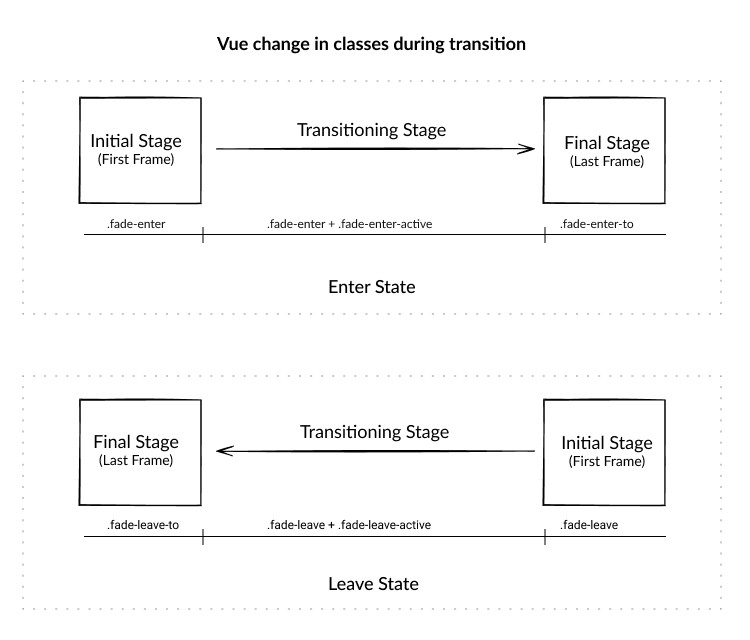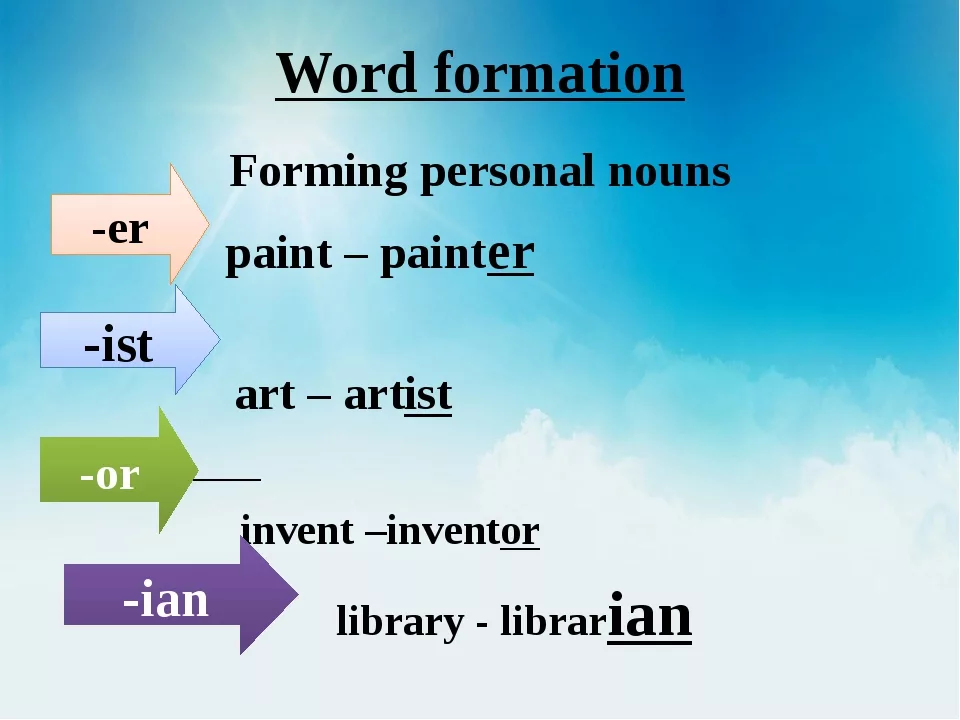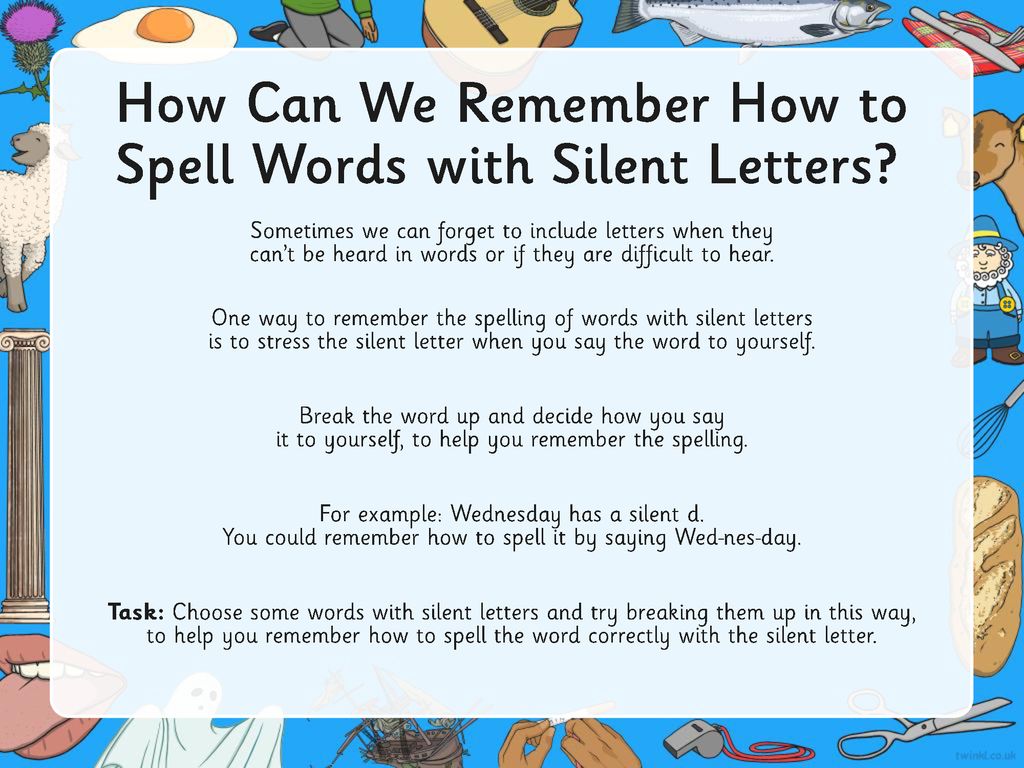People in the bus
The People on the Bus
Lately, I like to ride the bus. I don’t mean the double-decker tourist buses that, half empty, warily circle the city, like dazed displaced troop carriers, or the long-distance buses that come sighing into the Port Authority Terminal, where it is eternally 3 a.m. and everyone looks exhausted before the journey starts, or even the yellow-and-blacks that still delicately deliver children from downtown to uptown at eight in the morning. I mean the ordinary city buses, those vaguely purposeless-looking, bulbous-faced, blue-and-bone M2s and 3s and 4s and 5s that chug up and down the avenues and along the cross streets, wheezing and whining, all day and night.
For twenty-odd years in New York, I never rode the bus at all—not, at least, after a single, traumatic bus experience. On the very first day I visited Manhattan, in the anxious (though, looking back, mostly unfrightened) summer of 1978—the summer when Jimmy Carter turned down the air-conditioning all over town—I got on a bus outside the Metropolitan Museum, saw that the fare was fifty cents, and, with the unquenchable cheerfulness of the visiting Canadian, proudly pulled out a dollar bill—an American dollar bill—folded it up neatly, stuffed the dollar in the fare box, two fares, and looked up, expecting the driver to beam at my efficiency.
I will never forget his look of disbelief and disgust, mingled, I think, with a certain renewed awe at the enormities that out-of-towners were capable of.
From that day on, I don’t think I ever rode another bus. I suppose I must have; transportational logic says that I must have—there must be a crosstown M86 or an uptown limited in there somewhere—but, if I did, I don’t know when. Even if I had been on a bus, I don’t think I would recall it. Bus-blindness is a standard New York illness; of all the regularities of life here, the bus is the least celebrated, the least inclined to tug at the heart, or be made into a symbol of our condition. The taxi has its checkered lore, the subway its legend, the limo a certain Michael Douglas-in-“Wall Street” icon quality—but if there is a memorable bus scene in literature, or an unforgettable moment in a movie that takes place on a New York City bus, I have not found it. (If you Google New York buses in movie scenes, you end up with a bus-enthusiasts’ site and a shot of a New York City bus from a Sylvester Stallone movie called “Driven,” and this bus turns out to be dressed up like a Chicago city bus, and filmed on location in Toronto.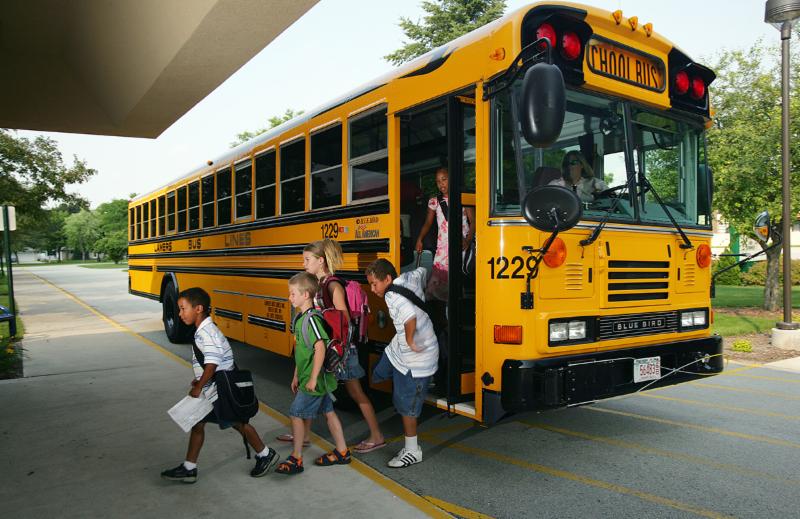 ) There is nothing about buses that makes them intrinsically symbol-repellent: the London bus has a poetry as rich as the Tube’s—there is Mary Poppins, there is Mrs. Dalloway. In Paris, Pascal rides the bus, Zazie rides the Métro, and that is, evenly, that. But as a symbolic repository the New York City bus does not exist. The only significant symbolic figure that the New York bus has had is Ralph Kramden, and what he symbolizes about the bus is that being stuck in one is in itself one more form of comic frustration and disappointment; the New York City bus might best be described by saying that it is exactly the kind of institution that would have Ralph Kramden as its significant symbolic figure.
) There is nothing about buses that makes them intrinsically symbol-repellent: the London bus has a poetry as rich as the Tube’s—there is Mary Poppins, there is Mrs. Dalloway. In Paris, Pascal rides the bus, Zazie rides the Métro, and that is, evenly, that. But as a symbolic repository the New York City bus does not exist. The only significant symbolic figure that the New York bus has had is Ralph Kramden, and what he symbolizes about the bus is that being stuck in one is in itself one more form of comic frustration and disappointment; the New York City bus might best be described by saying that it is exactly the kind of institution that would have Ralph Kramden as its significant symbolic figure.
If you had asked me why I avoided the bus, I suppose I would have said that the bus was for old people—or that taking the bus was one step short of not actually living in New York at all, and that if you stayed on the bus long enough it would take you right out of town. Riding the bus was one of those activities, like going to Radio City, that was in New York but not really of it.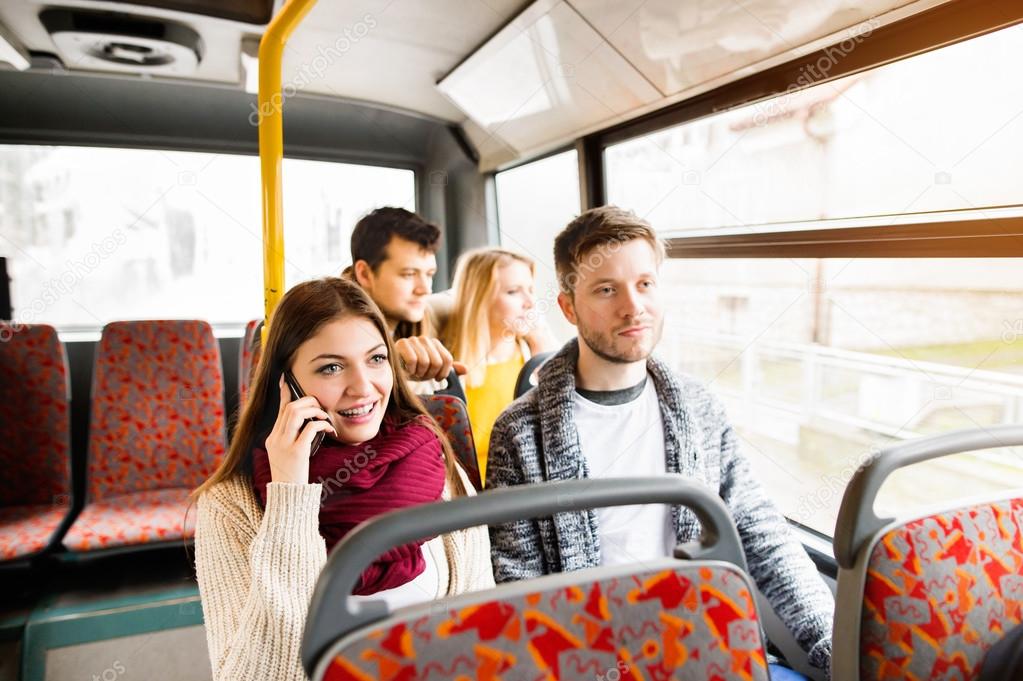 My mother-in-law rode the bus when she came to New York to visit, and that, I thought, said whom the bus was made for: elegant older women who didn’t mind travelling forty-five minutes every morning to visit their grandchildren.
My mother-in-law rode the bus when she came to New York to visit, and that, I thought, said whom the bus was made for: elegant older women who didn’t mind travelling forty-five minutes every morning to visit their grandchildren.
And then I didn’t ride the bus because I loved the subway so. Compared with the vivid and evil and lurid subway, the bus seemed a drab bourgeois necessity—Shirley Booth to the subway’s Tallulah Bankhead. When I began to ride the subway, particularly in the late seventies and early eighties, it was both grander and stranger than a newcomer can imagine now. The graffiti, for one thing, were both more sordid inside—all those “tags”—and more beautiful outside. When the wild-style cars came roaring into a station, they were as exciting and shimmering as Frank Stella birds. The air-conditioning was a lot spottier, too, and sometimes the windows were open, driving the stale and fetid air around in an illusion of cooling. When the air-conditioning worked, it was worse. You walked from steam bath to refrigerator, a change like a change of continents, and your perspiration seemed to freeze within your shirt, a phenomenon previously known only to Antarctic explorers.
You walked from steam bath to refrigerator, a change like a change of continents, and your perspiration seemed to freeze within your shirt, a phenomenon previously known only to Antarctic explorers.
Feral thugs and killer nerds rode the subway together, looking warily at one another. And yet there was something sublime about the subway. Although it was incidentally frightening, it was also systematically reassuring: it shouldn’t have worked; it had stopped working; and yet it worked—vandalized, brutalized, a canvas and a pissoir, it reliably took you wherever you wanted to go. It was a rumbling, sleepless, snorting animal presence underfoot, more a god to be appeased and admired than a thing that had been mastered by its owners. If the stations seemed, as people said, Dantesque, that was not simply because the subway was belowground, and a punishment, but also because it offered an architectural order that seemed to be free from any interfering human hand, running by itself in its own grim circles.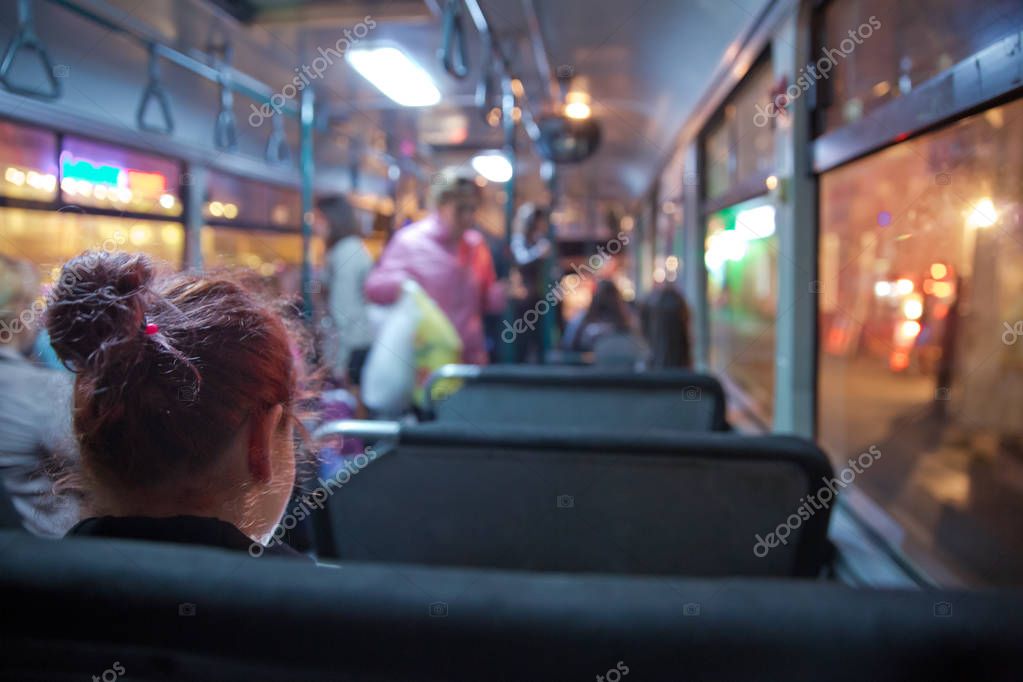 It was religious in the narrow sense as well: terror and transportation were joined together, fear propelled you to a higher plane. (The taxis, an alternative if you had the money, were alarming then, too—a silent or determined driver in a T-shirt resting on a mat of beads and demanding, fifty blocks before your destination, which side of the street you wanted—without being at all sublime.)
It was religious in the narrow sense as well: terror and transportation were joined together, fear propelled you to a higher plane. (The taxis, an alternative if you had the money, were alarming then, too—a silent or determined driver in a T-shirt resting on a mat of beads and demanding, fifty blocks before your destination, which side of the street you wanted—without being at all sublime.)
Coming home in 2000 after five years abroad, I took it for granted that I would return to the subway and the taxi, only to be stunned by the transformation in them both. The subway, now graffiti free, with dully gleaming metal cars (though obviously made to be as resistant to vandalism as a prison), had recorded announcements, and for a while a picture of the station manager at every stop. It seemed obviously improved but somehow degraded, grimly utilitarian, intended to suggest the receding future vision of “RoboCop”: automatic voices encased in armor. The chaos was gone from inside the cabs, and held on only around them.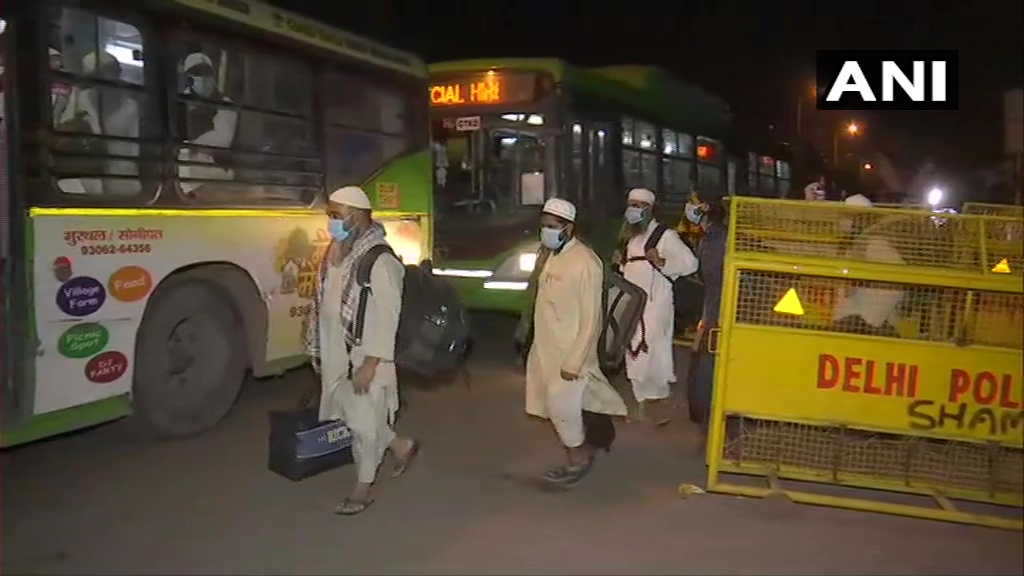 After five years in Paris, where one phones for a cab or lines up in an orderly manner at a station, logically and fairly, I nearly wept tears of frustration at the anarchy of the street system—you waited for fifteen minutes and someone waltzed out into the middle of the block and stepped in front of you as a cab approached. (There is, of course, an implicit system of fair dealing in this—one block away is legitimate; the same corner is not—but I could no longer remember the rules, much less find the patience to practice them.)
After five years in Paris, where one phones for a cab or lines up in an orderly manner at a station, logically and fairly, I nearly wept tears of frustration at the anarchy of the street system—you waited for fifteen minutes and someone waltzed out into the middle of the block and stepped in front of you as a cab approached. (There is, of course, an implicit system of fair dealing in this—one block away is legitimate; the same corner is not—but I could no longer remember the rules, much less find the patience to practice them.)
And so the bus. Almost every day for the past year and a half, I’ve found myself taking a limited bus down an East Side avenue, and then, a few hours and frustrations later, taking it back uptown on the adjoining avenue. I stand or, in good hours, sit among the usual bus riders. The bus I find humane, in several ways. There is, first of all, the non-confrontational and yet collaborative nature of the seating. You look over people’s shoulders, closely, and yet only rarely look directly at them, face to face, as you must on the subway.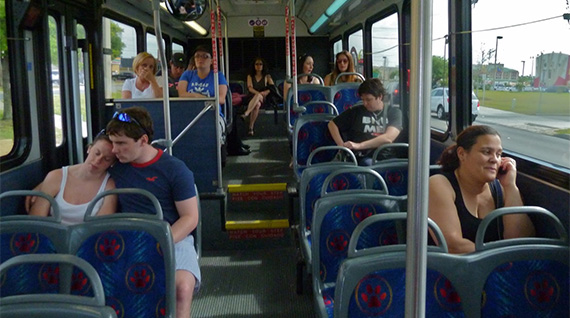 There is a hierarchy of seating on the bus, far more articulate than that of the subway. There are seats you must give up to handicapped people, seats you ought to give up to handicapped people if you have any decency at all, and seats—the bumpy, exhaust-scented row in the very back—that you never have to give up to anyone, if you’re willing to sit there. (The reason for all those designated spaces is that law and propriety dictate that when someone in a wheelchair rolls up to a bus stop, the bus has to stop and let him on.) There is also on almost every New York bus a little single seat tucked in near the back door, which has the air of a dunce chair in a classroom. You can sit there, but you wouldn’t want to. Late at night, there is even a policy of optional stops. You ask the driver to stop the bus where you’re going and, if he can, he will.
There is a hierarchy of seating on the bus, far more articulate than that of the subway. There are seats you must give up to handicapped people, seats you ought to give up to handicapped people if you have any decency at all, and seats—the bumpy, exhaust-scented row in the very back—that you never have to give up to anyone, if you’re willing to sit there. (The reason for all those designated spaces is that law and propriety dictate that when someone in a wheelchair rolls up to a bus stop, the bus has to stop and let him on.) There is also on almost every New York bus a little single seat tucked in near the back door, which has the air of a dunce chair in a classroom. You can sit there, but you wouldn’t want to. Late at night, there is even a policy of optional stops. You ask the driver to stop the bus where you’re going and, if he can, he will.
The bus also has order, order as we know it from the fading patriarchal family, visible order kept by an irritable chief. The driver has not only control over his world but the delight of the exercise of arbitrary authority, like that of a French bureaucrat. Bus riders learn that, if your MetroCard turns out to be short fifty cents, the driver will look at you with distaste, tell you to find change from fellow-passengers (surprisingly, to a subway rider, people dig into their purses cheerfully), and, if this doesn’t work, will wearily wave you on back. You are included, fool though you are, and this often at the moment when the driver is ignoring the pounded fists and half-audible pleas for admission of the last few people who, running for the bus, arrived a second too late. The driver’s control of the back door is just as imperious. A red zone of acceptability exists around the bus stop, known only to the driver, who opens and closes the door as he senses the zone appearing and receding.
Bus riders learn that, if your MetroCard turns out to be short fifty cents, the driver will look at you with distaste, tell you to find change from fellow-passengers (surprisingly, to a subway rider, people dig into their purses cheerfully), and, if this doesn’t work, will wearily wave you on back. You are included, fool though you are, and this often at the moment when the driver is ignoring the pounded fists and half-audible pleas for admission of the last few people who, running for the bus, arrived a second too late. The driver’s control of the back door is just as imperious. A red zone of acceptability exists around the bus stop, known only to the driver, who opens and closes the door as he senses the zone appearing and receding.
It is uniquely possible to overhear conversations on the bus. The other morning, for instance—a beautiful morning of our time, the sky blue, the alert orange, and the Times sports pages ominously upside down—a man behind me was trying to remember the names of popular Drake’s snacks from his childhood.
“What are those things? There were Ring-Dings and Drake’s cakes.”
“You mean Twinkies,” the man he was with said, with assurance. I couldn’t see either face, but their voices had the peaceable quarrelsomeness of those who have just passed from middle-aged to elderly.
“No, I don’t mean Twinkies,” he said angrily. “I mean them other things.”
Long pause. We couldn’t resist. “Devil Dogs,” someone said. “Devil Dogs.”
“Yes, thanks, Devil Dogs. How come you don’t ever see Devil Dogs these days?”
This is a typical bit of bus talk. (In a taxi you would stew on the issue all by yourself. The millionaire in his limo could ask the driver, I suppose, but he would be too embarrassed to answer. On the subway, no one would hear, in the first place; and if the words “Devil Dog” were said with enough emphasis to be heard, it would cause a panicked mass exodus.) On another morning, a man and a woman were riding together down Fifth Avenue and saw the new, comically twinned, comically misnamed AOL Time Warner Center—the Delusional States Building, as it will doubtless someday be known—come into view.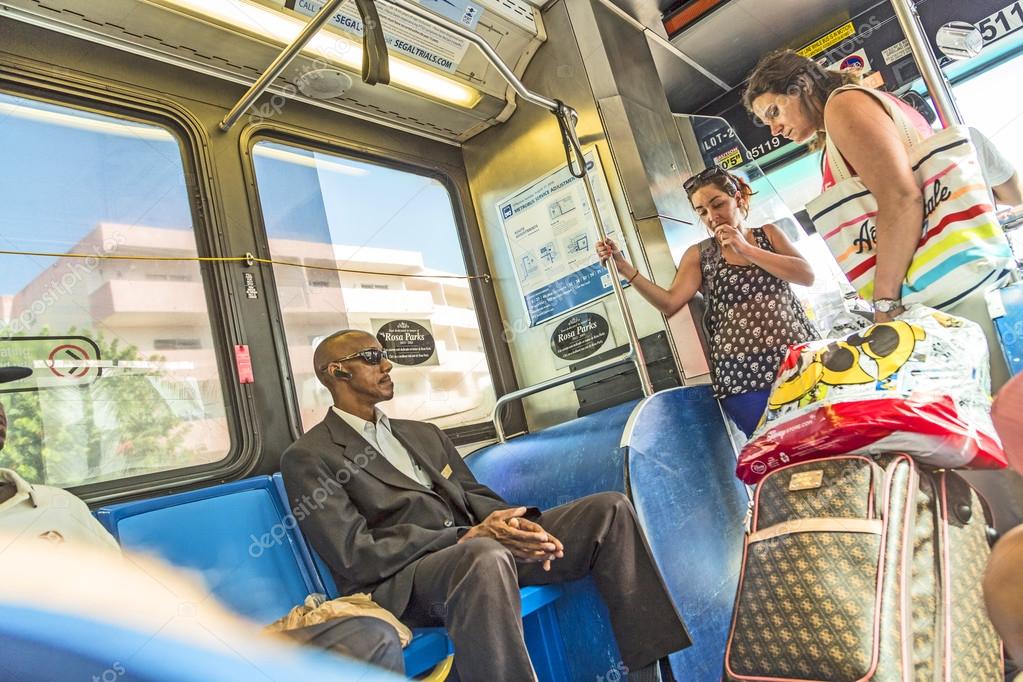 (And those two towers rising, however plainly, have become a source of pride: something’s rising.) “That Trump,” the man said, chuckling. “He always does things in twos. Have you ever noticed how he always does things in twos?”
(And those two towers rising, however plainly, have become a source of pride: something’s rising.) “That Trump,” the man said, chuckling. “He always does things in twos. Have you ever noticed how he always does things in twos?”
“I’ve noticed that. That’s his thing, his signature, doing two of everything.”
“Well, there he does it again. Two towers again.”
Sage nods. The fact that, as it occurred to me later, the towers are not by Trump, and that, in any case, Trump, in his long career, has never done two of anything, should not diminish the glory of this exchange. If you were on the subway, there would be nothing to look at; if you were in a limo, you would actually be Trump, building things, gloriously, in nonexistent pairs.
When I first started riding the bus, I mentioned it to people sheepishly, almost apologetically, as one might mention having had a new dental plate put in, or the advantages of low-fat yogurt—as one might mention something that, though not downright shameful, might still seem mildly embarrassing.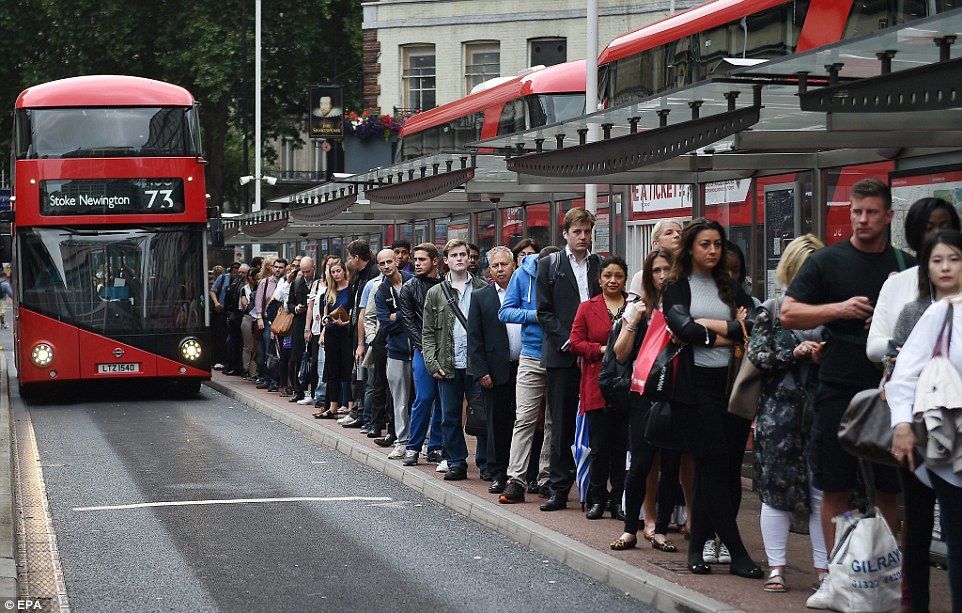 But, to my surprise, almost everyone I talked to (and women, I think, in particular) turned out to feel the same way I do about the bus. “The bus lets you feel that you’re in control, or that someone’s in control,” one woman said to me, and another friend said flatly, “You can see what’s coming.” The bus feels safe. Of course, there is no reason for the bus to feel safe. (A friend from Jerusalem got on the bus with understandable watchfulness.) Yet we have decided to create in the city a kind of imaginary geography of fear and safety that will somehow make us safer from It—from the next attack, of course, from the Other Shoe, the Dreadful Thing that we all await.
But, to my surprise, almost everyone I talked to (and women, I think, in particular) turned out to feel the same way I do about the bus. “The bus lets you feel that you’re in control, or that someone’s in control,” one woman said to me, and another friend said flatly, “You can see what’s coming.” The bus feels safe. Of course, there is no reason for the bus to feel safe. (A friend from Jerusalem got on the bus with understandable watchfulness.) Yet we have decided to create in the city a kind of imaginary geography of fear and safety that will somehow make us safer from It—from the next attack, of course, from the Other Shoe, the Dreadful Thing that we all await.
I have thought about it a lot while I am riding the bus, and I have come to the conclusion that, while anxiety seeks out the company of excitement, fear seeks out the illusion of certainty. People tend to write these days about anxiety and fear as though they were equal, or anyway continuous, emotions, one blending into the other, but anyone who has felt them—and anyone who hasn’t felt them, at least a little, hasn’t been living in New York in the past year—knows that they are as distinct as a bus from a subway, as a Devil Dog from a Ring-Ding. Anxiety is the ordinary New York emotion. It is a form of energy, and clings, like ivy to a garden wall, to whatever is around to cling to, whether the object is nationalism or the Knicks or Lizzie Grubman, as readers of the New York Post recognize. At the height of the bubble, anxiety was all around us: the anxiety of keeping up, of not falling behind, of holding one’s place.
Anxiety is the ordinary New York emotion. It is a form of energy, and clings, like ivy to a garden wall, to whatever is around to cling to, whether the object is nationalism or the Knicks or Lizzie Grubman, as readers of the New York Post recognize. At the height of the bubble, anxiety was all around us: the anxiety of keeping up, of not falling behind, of holding one’s place.
Fear, well earned or not, is a different thing. People who live with the higher kinds of fear—the ill, soldiers—live with it mostly by making structures of delusional domesticity. They try to create an illusion of safety, and of home. At Waterloo, soldiers welcomed the little signs of farm-keeping evident around them; in the dugouts of the Somme, every rat-ridden alley had a designation and every rat itself a pet name. The last time New Yorkers were genuinely afraid, as opposed to merely anxious, during the great crime wave of the sixties and mid-seventies, they responded in the same way: by constructing an elaborate, learn-it-by-heart geography of safe and unsafe enclaves, a map of safe rooms.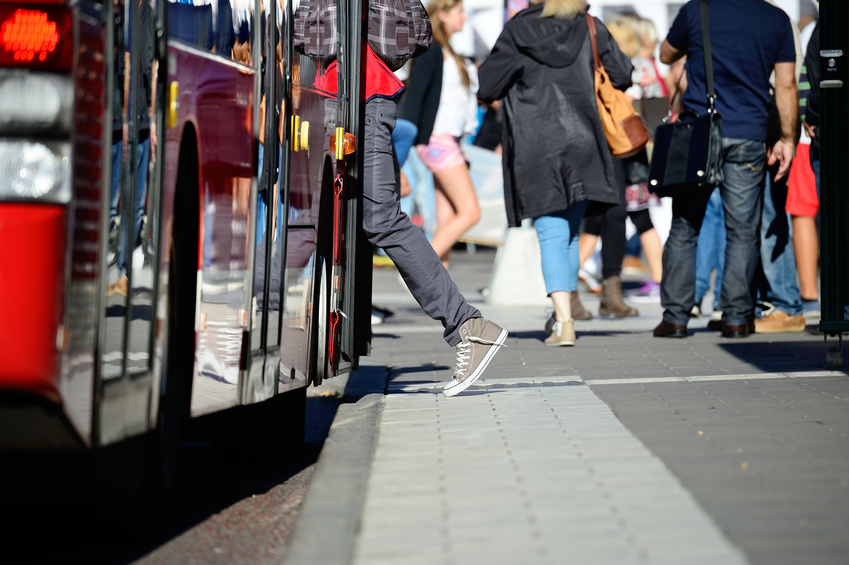 The knowledge that the map could not truly protect you from what you feared then, any more than riding the bus can save you from it now, did not alter the need to have a map. People say that twentysomethings have sex out of fear—it is called terror sex—but twentysomethings have sex out of sex, and the adjective of the decade is always attached to it. In the eighties, they had safe sex, and in the nineties boom sex, and they will have sex-among-the-ruins, if it comes to that.
The knowledge that the map could not truly protect you from what you feared then, any more than riding the bus can save you from it now, did not alter the need to have a map. People say that twentysomethings have sex out of fear—it is called terror sex—but twentysomethings have sex out of sex, and the adjective of the decade is always attached to it. In the eighties, they had safe sex, and in the nineties boom sex, and they will have sex-among-the-ruins, if it comes to that.
Wheels on the Bus with Lyrics - Nursery Rhymes for Children
“The Wheels on the Bus” (People on the Bus) is a very popular nursery rhyme adored by children throughout the world. We hope you enjoy our animated version of this classic favorite kid’s song and fingerplay.The Wheels on the Bus (People on the Bus)
From the CD, All-Time Children’s Favorites
By The Learning Station
℗©Monopoli/The Learning Station
LYRICS:
(Talk) I like to sing this song when I go for a ride with my mom. I sing it when I go on a field trip with my class. I sing it when I pretend I’m driving somewhere. Why don’t we all sing it right now? YEAH!
I sing it when I go on a field trip with my class. I sing it when I pretend I’m driving somewhere. Why don’t we all sing it right now? YEAH!
The people on the bus go up and down, up and down, up and down. The people on the bus go up and down, all through the town.
The driver on the bus says, “Move on back, move on back, move on back.” The driver on the bus says, “Move on back.” All through the town.
The horn on the bus goes beep, beep, beep. Beep, beep, beep. Beep, beep, beep. The horn on the goes beep, beep, beep all through the town.
The wipers on the bus go swish, swish, swish. Swish, swish, swish. Swish, swish, swish. The wipers on the bus go swish, swish, swish, all through the town.
The seatbelts on the bus go click, click, click. Click, click, click. Click, click, click. The seatbelts on the bus go click, click, click, all through the town.
The wheels on the bus go round and round, round and round, round and round.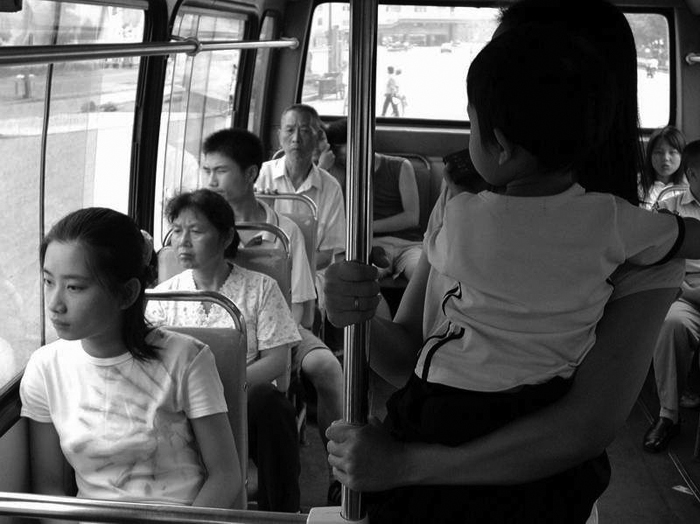 The wheels on the bus go round and round all through the town.
The wheels on the bus go round and round all through the town.
The baby on the bus goes, “Wah, wah, wah, wah, wah, wah, wah, wah, wah, wah.” The baby on the bus goes, “Wah, wah, wah.” All through the town.
The mommy on the bus goes, “Shhh don’t cry, shhh don’t cry, shhh don’t cry.” The mommy on the bus goes, “Shhh don’t cry”, all through the town.
The cow on the bus goes, “Moo, moo, moo.” A cow! You can’t fit a cow on the bus. It’s too big! No! The people on the bus go up and down, up and down, up and down. The people on the bus go up and down, all through the town.
“All-Time Children’s Favorites” is available in CD and Full CD Download. Full CD Downloads arrive in a zip file with all of the songs and a printable PDF with the entire CD booklet with lyrics and actions.This CD is brimming with a collection of 14 popular children’s songs.
 Children will boogie with a camel named Alice, rock n’ roll with the Itsy-Bitsy Spider, and join Old McDonald for a silly barn-yard animal adventure. Featuring, Miss Mary Mack, Hokey Pokey, People on the Bus, Alice the Camel and much, much more! A booklet with lyrics and actions is included.Visit The Learning Station online where you can listen to song samples from our entire collection of award-winning CD’s!
Children will boogie with a camel named Alice, rock n’ roll with the Itsy-Bitsy Spider, and join Old McDonald for a silly barn-yard animal adventure. Featuring, Miss Mary Mack, Hokey Pokey, People on the Bus, Alice the Camel and much, much more! A booklet with lyrics and actions is included.Visit The Learning Station online where you can listen to song samples from our entire collection of award-winning CD’s!Join us on Facebook for more learning fun, giveaways and freebies galore!
Check out our YouTube educational channel. New videos are posted weekly so SUBSCRIBE today!
Stay connected with us on Google+ to learn about special giveaways, freebies, new releases, inspirational quotes and YouTube videos.
Follow The Learning Station on Pinterest for some pinteresting musical, educational inspiration.

Twitter is a fun place to stay connected. Please tweet what’s on your mind because we love staying connected with you!
In a Hurry!ALL Learning Station music is available for Download! Click here
Full CD Downloads are fast, easy, save time and money! Also, they include the entire CD insert with lyrics and actions.
What people see on the bus
What people see on the bus - Analytical online magazine Vlast- 9009
Svetlana Romashkina, Vlast
Our editor-in-chief travels by public municipal transport twice a day. Today she decided that she simply had to talk about what videos are shown on buses. And then all of a sudden you drive your car and don’t know how horseless townspeople rest.
Today she decided that she simply had to talk about what videos are shown on buses. And then all of a sudden you drive your car and don’t know how horseless townspeople rest.
Beautiful blue and yellow buses appeared in Almaty after the Asian Games, thanks to them for that. TV screens are installed in every new bus and (trolley bus too). For the first year, funny foreign prank videos were played on them, and then, finally, advertising money rained down. My way to work takes about 40 minutes with a successful scenario, with an unsuccessful one - like an accident on the route or bad weather, an hour and a half. At this time, I actively taste bus advertising, which cannot be turned off or reduced. And I'm closer than ever to justifying vandalism on public transport.
I decided to play videos for you from the bus on route 32.
18.40. I get on the bus, talk to the validator, move closer to the TV screen.
There is a video playing that prompted me to write this column.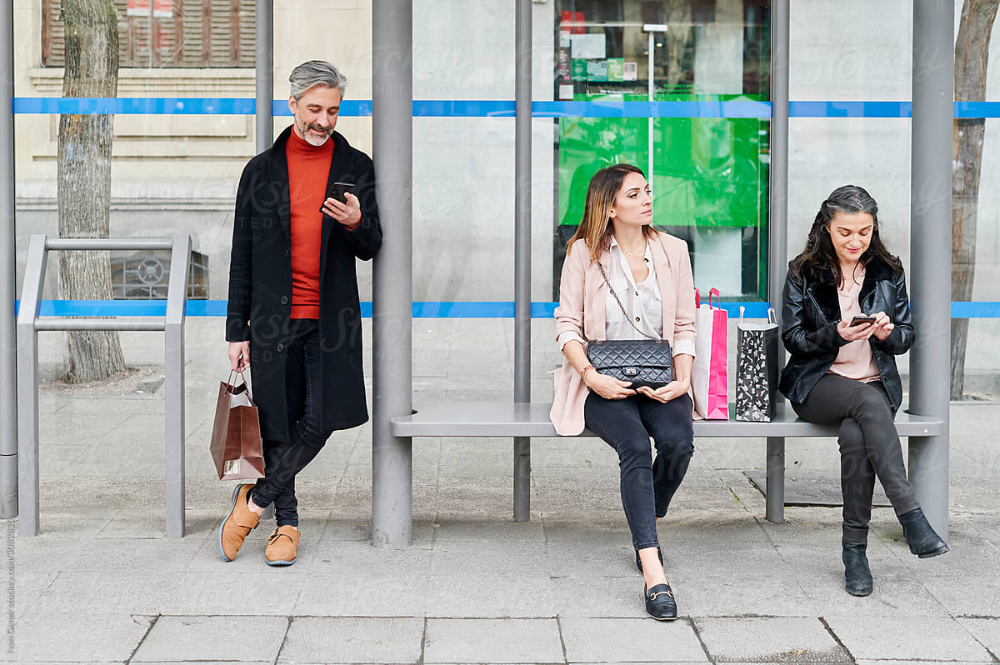 This is a song about work. Glossy hairdresser, cook, builder and bus driver (yes, he is also glossy) sing that the happiness and prosperity of every Kazakhstani is in hard and selfless work.
This is a song about work. Glossy hairdresser, cook, builder and bus driver (yes, he is also glossy) sing that the happiness and prosperity of every Kazakhstani is in hard and selfless work.
No need to be distracted by the idleness of life, if you constantly work, you can even become a foreman of route No. 32. At the end of the video, a splash screen flashes that this was done when ordering the state in support of the 2050 strategy.
There is a very catchy chorus “… only in labor, only in labor, only in labor”, then I sing this artless song all evening. And even now. In terms of stickiness, this composition can be compared with K. Nurtas's "Aurmaida, zhurek aurmaida".
Then the song about labor, cheerful to the point of suicide, bursts into the air again, but this time in Kazakh. By the way, it helps me in learning the state language! In Kazakh, it already seems to me not as funny as in Russian. Sometimes you want the customers of this opus, performed in the most classic Soviet traditions of the agitation industry, to get on the bus and look at the faces of people who are returning home after a hard day's work.
This is followed by an invitation to work as a driver, a promise of a good salary and all the best. This vacancy is being replaced by an advertisement for a master's program in Germany from Bolashak. A beautiful video is flying by that Almaty is a contender for the Olympic Games. Cheerful people go skiing, ski jumping and skating. And we are standing in an epic traffic jam on Timiryazev. For all this time we have overcome 2 stops. I am against the Olympics, because then I will get home on foot. It would be better if it were the summer Olympics - walking around Almaty is much more pleasant. Then the advertisement of the Kazakh theater for children named after A. Musrepov. The quality is executed in the best traditions of the late 90's. It is replaced by a cartoon about safety for cyclists. Like, wear a helmet and all that. Only one of the main characters for some reason is a cat. But okay, against the background of everything else, the video is approaching genius. Advertisement for the Reef Park, Barlyk market (you can buy both a car and a suit!) Horrible quality video of some kind of children's center in Samal. Then begins the longest commercial in the history of public transport commercials. It tells in great detail about the wonderful social home, located, by the way, along the route of bus number 32.
Then begins the longest commercial in the history of public transport commercials. It tells in great detail about the wonderful social home, located, by the way, along the route of bus number 32.
The bottom line is this: let's say you are a pensioner, you have a house. You give your shelter to the akimat, and you yourself get an equivalent apartment in a social house. You are like the owner and no matter how. That is, you can live there until your death, but according to the documents, it is not yours.
Happy old people show their homes, hung with colorful carpets and lined with ficuses. There is even a medical room, a nurse, a cleaning lady, they bring food, happy pensioners dance to the button accordion. There is a relaxation room, which I mistook for a disco for the first week of riding in transport. And what else can you think at the sight of a silver spinning ball? Too often in the video there are words: "according to the current legislation", "thanks to the wise policy of ours . ..". This is, perhaps, the only product that hits right on target: potential residents of a social home just go by public transport. My friend and I have already agreed, if fate does not throw us in old age on the ocean coast, to give our apartments to the state and settle in the neighborhood in a social home. And we do not care that our potential descendants will be disinherited. After all, as the director of the house promises, "you will forget what loneliness is."
..". This is, perhaps, the only product that hits right on target: potential residents of a social home just go by public transport. My friend and I have already agreed, if fate does not throw us in old age on the ocean coast, to give our apartments to the state and settle in the neighborhood in a social home. And we do not care that our potential descendants will be disinherited. After all, as the director of the house promises, "you will forget what loneliness is."
Then comes the massive advertising of the new sunflower oil – even panels on the bus are branded with it. A video about the sale of laptops, bed linen, laptops again. By the way, about underwear. In the video, a couple of a girl and a guy of different nationalities sing about what beautiful underwear they came to buy. When will advertising with bad songs finally become bad manners?
A little bit of social media – the video “You Can Survive” about a teenage suicide. The announcement of the concert of Kairat Nurtas - for some reason it is written that in 3D and that it is October 12, although it is already the 15th in the yard. How to cure spinal protrusion and other diseases associated with the back. And voila, again a song about the fact that happiness is only in work.
How to cure spinal protrusion and other diseases associated with the back. And voila, again a song about the fact that happiness is only in work.
I suddenly really want to show this video to Zhomart Ertaev. Just to see his expression. Unfortunately, this video could not be found online.
And, thank God, I'm on the way out. 19.25.
Tomorrow only by taxi.
Liked the news, share with friends:
Fresh from this category
What war teaches me
Thirsty for the Middle Ages
Elizabeth II era
My WorldMy World LogoMy WorldMy World Logo 90,000 people who go by buspeople who drive ...
ago
1
...
...
2
forward
323 Reply
The man immediately warned that all the property was recorded for children
482 Answer
9000
Such a salary - I do not want to work
8313 answers
A lie 22 years long.
 How to destroy?
How to destroy? 656 answers
Husband left, 2 months of depression... How will you cope if you are left all alone?
153 answers
#31
sideboard with crystal
The author is one of those for whom own car and toilet in the house (not on the street) is a sign of "richness". Did the author herself "get out" of the bus a long time ago?
#32
Marble beef
Her mother gave birth on the bus in a mink coat. Damn, I'm tired of bots with miserable provocative topics.
Damn, I'm tired of bots with miserable provocative topics.
#33
Guest
tons is not a bomb, everyone already realized that you are a weak -willed
#34
Marble Brash
Her mother in a bus in a mink fur coat. Damn, I'm tired of bots with miserable provocative topics.
#35
#37
Guest
Oh, the bus trash crowed. And what about your impoverished mother gave birth to you in poverty?
#38
sideboard with crystal
The author, for such a "bazaar" and for calling people bio-garbage you will be punished.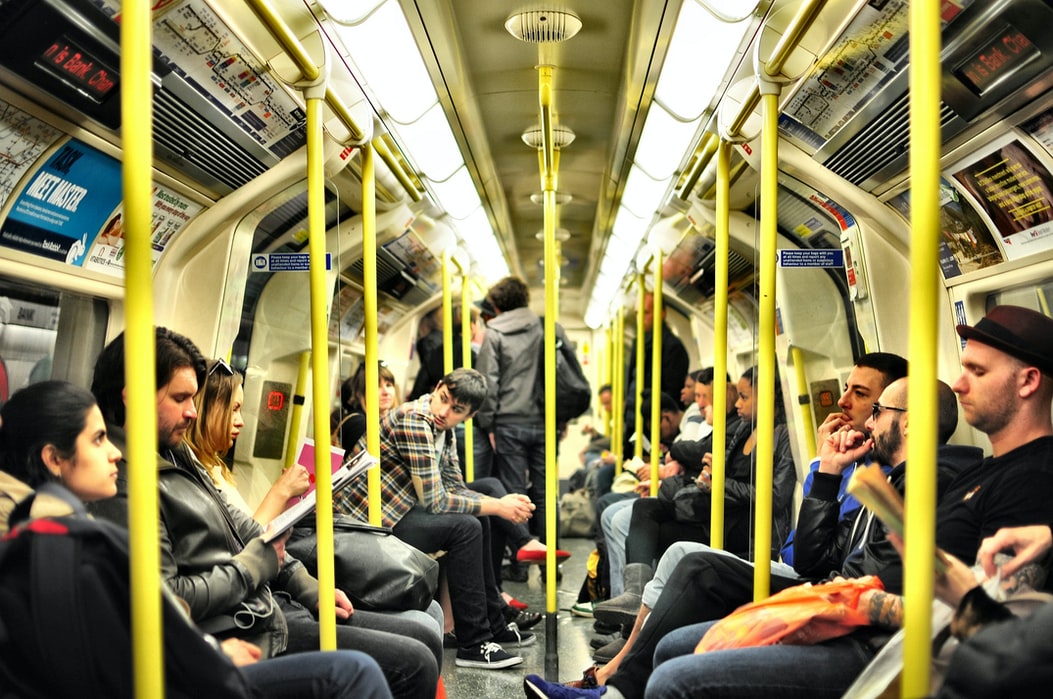 .. You will end badly...
.. You will end badly...
topics
-
An American woman says that she is more comfortable in Russia than in the USA
No answers
-
Will black hair suit me? What is going on?
No answers
-
The husband admitted that it has cooled down
4 answers
#39
Murmar Govedina
Bent over in a bus wearing a mink coat?))
#40
Guest
And idiot where did I write about luxury? This is the matter of self -esteem, first of all, that you will not sit next to the biomusor on the bus and you will go separately
#42
#44
#47
Alena - Beauty
In general transport, the poor ugly Devushki
Fu
#48
, married, have been married for more than 10 years and never crossing the back to public transport.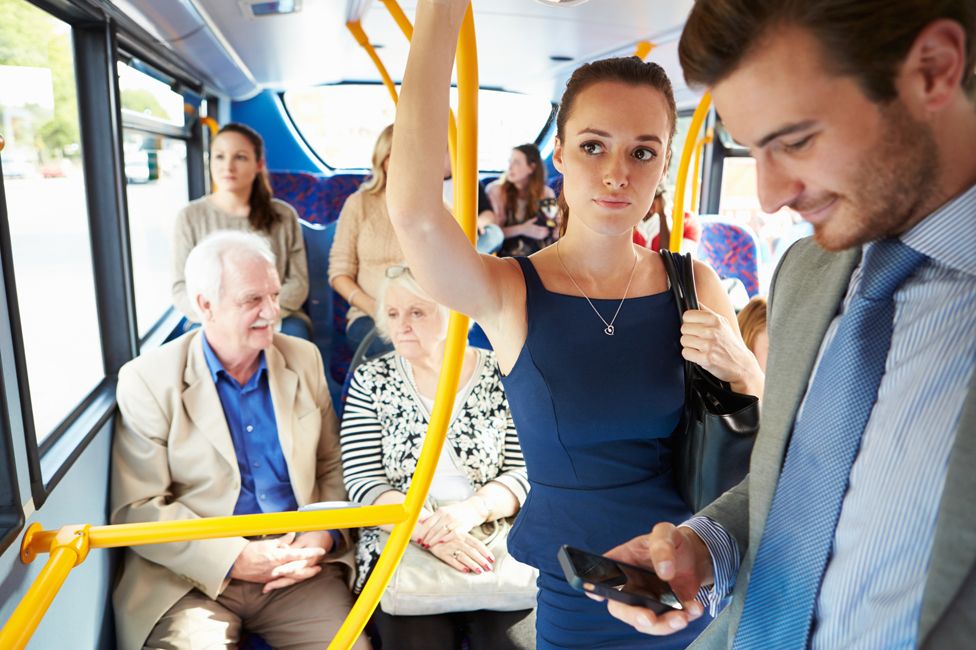 I ride it a maximum of 1 time per year, and every time I perceive it as an extreme attraction. When the car is being repaired or MOT, I mostly ride a taxi. Recently I put my car in for repairs for a week, I spent a lot of money on a taxi, I decided to get into a minibus, for the sake of saving. I thought that I must have been snickering, people drive, so I’ll drive normally. I waited at the bus stop for 15 minutes at first in the cold, then I huddled there, as it turned out there were no empty seats, I had to stand. Everyone crushed me, stank around me, pushed me, the minibus braked sharply, I fell on other passengers. In short, a branch of hell on earth. After that, I was once again convinced that a taxi is worth the money. In no way do I prize people who travel by public transport, but I do not want to be one of them. In general, if there are more such people, then it will be easier for me to park and there will be less traffic jams. So everyone is welcome to public transport))))
I ride it a maximum of 1 time per year, and every time I perceive it as an extreme attraction. When the car is being repaired or MOT, I mostly ride a taxi. Recently I put my car in for repairs for a week, I spent a lot of money on a taxi, I decided to get into a minibus, for the sake of saving. I thought that I must have been snickering, people drive, so I’ll drive normally. I waited at the bus stop for 15 minutes at first in the cold, then I huddled there, as it turned out there were no empty seats, I had to stand. Everyone crushed me, stank around me, pushed me, the minibus braked sharply, I fell on other passengers. In short, a branch of hell on earth. After that, I was once again convinced that a taxi is worth the money. In no way do I prize people who travel by public transport, but I do not want to be one of them. In general, if there are more such people, then it will be easier for me to park and there will be less traffic jams. So everyone is welcome to public transport))))
#49
Guest
Like attracts like.


